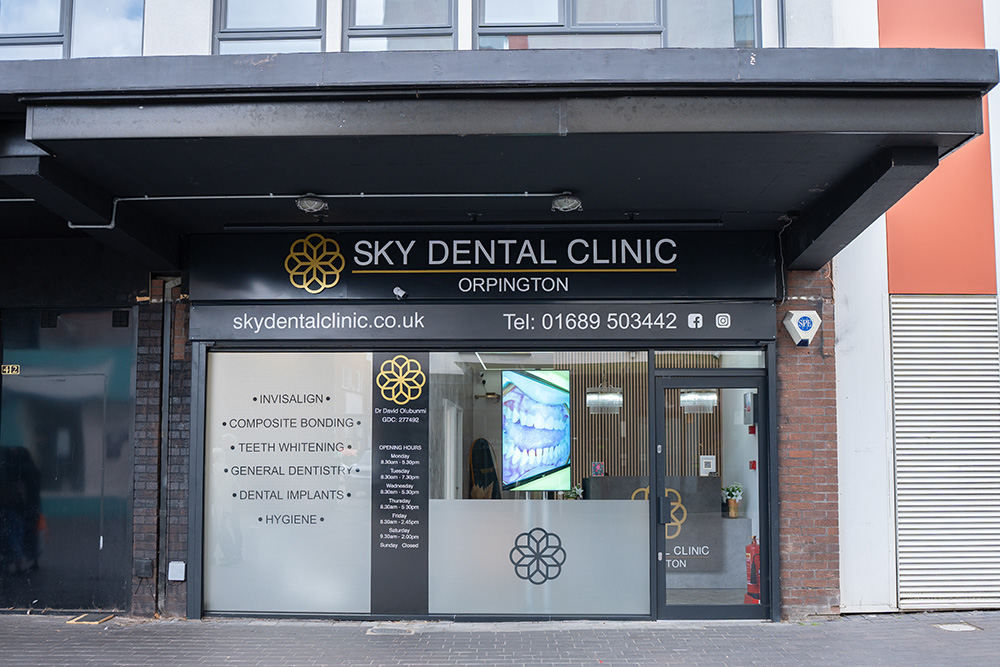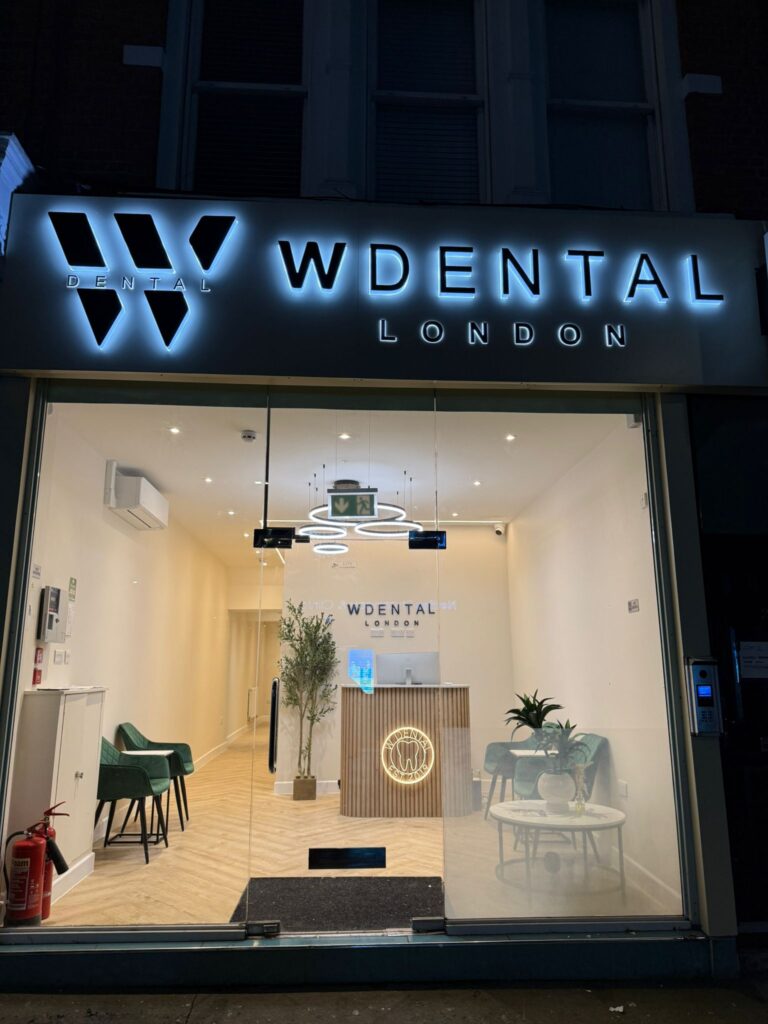Launching a dental squat practice is a bold and strategic move. Unlike acquiring an established practice with an existing patient list and reputation, a squat practice requires building everything—brand, patient base, workflows, and infrastructure—from scratch. The journey is exciting but fraught with risk, and nowhere is this risk more acutely felt than in the choice of location and premises.
Choosing where to site your squat dental practice is perhaps the most pivotal decision you will make. It will determine your growth potential, profitability, patient demographic, recruitment, and regulatory compliance. A poor choice can hamstring your business before you even open the doors; a well-considered one can set the foundation for enduring success.
In this article, we’ll provide a deep dive into the art and science of location analysis and premises selection for squat dental practices.
Drawing on current UK market realities, we’ll cover:
- Why location is so critical in the dental market
- Key criteria for analysing potential sites
- Types of premises available (and the pros and cons of each)
- Navigating planning, lease, and compliance issues
- The patient perspective
- Practical tips, checklists, and pitfalls to avoid
Whether you’re a dentist embarking on your first squat, a healthcare entrepreneur, or a consultant advising clients, this guide is your comprehensive companion.
1. Why Location Matters in Dental Squat Practices

It’s no exaggeration to say that location can make or break a new dental practice.
Here’s why:
- Visibility and Accessibility: Dental care is often a “need-driven” service, but convenience and ease of access dramatically influence a patient’s choice, especially for routine or cosmetic work.
- Catchment Demographics: The population’s age, affluence, oral health awareness, and dental attendance habits will all affect your potential demand.
- Competition and Opportunity: Some areas are saturated; others are under-served. A smart location can help you capture unmet need or provide differentiated services.
- Staff Recruitment: Good locations attract good staff. Poor transport links or awkward locations can make recruitment much harder.
- Regulatory Approval: CQC and local council compliance is significantly easier if your premises are suitable and accessible.
2. Key Criteria in Location Analysis
When considering where to site your squat practice, the following criteria should form the backbone of your analysis:
a) Population and Demographics
- Population Density: Higher density means a larger potential pool, but watch for competition.
- Age Profile: Areas with more young families may favour general and paediatric dentistry; more retirees may suit private and implant work.
- Socioeconomic Status: Affluent areas support private and cosmetic dentistry; less affluent may rely on NHS or value-based care.
- Oral Health Indicators: NHS and Public Health England data can reveal areas with unmet need (e.g. high caries rates, low dental attendance).
- Growth Projections: Are more homes or businesses being built? Future development can boost your long-term prospects.
b) Competition and Market Mapping

- Number of Practices Nearby: Map all local practices (NHS, private, mixed). A “busy” area isn’t always bad if demand is high.
- Services Offered: Is there a gap for implants, ortho, facial aesthetics, or hygiene?
- Reputation and Reviews: Study competitor reviews—can you offer a better experience?
- NHS Access: If NHS practices are full, there may be unmet demand.
c) Visibility and Footfall
- High Street v Side Street: High-street sites enjoy natural footfall and brand awareness; side streets can be cheaper but risk obscurity.
- Proximity to Transport Links: Parking, bus routes, train stations—all boost accessibility.
- Neighbouring Businesses: Pharmacies, GP surgeries, schools, gyms, and cafés can provide cross-referral and help attract your ideal demographic.
d) Accessibility
- Parking: Essential for patients and staff. Off-street or nearby car parks can be a major draw.
- Disabled Access: DDA compliance is a legal requirement and a practical one for maximising your patient base.
- Cyclist and Pedestrian Access: More patients now cycle or walk; safe access helps.
- Signage Opportunities: Can your practice be easily found and branded?
e) Regulatory and Planning Environment
- Change of Use: Can the premises be legally converted to D1/E(d) (medical/dental) use?
- Planning Restrictions: Listed buildings, conservation areas, or Article 4 Directions can add cost and complexity.
- Noise, Odour, and Environmental Constraints: Some sites (above food outlets, for example) can trigger regulatory headaches.
f) Premises Condition and Suitability
- Size and Layout: Can the site accommodate your ideal number of surgeries, waiting area, LDU, and plant room?
- Structural Integrity: Old buildings may require costly repairs or remedial works.
- Services and Utilities: Sufficient water, drainage, electrical capacity, and HVAC are critical (particularly for digital imaging).
- Natural Light and Ventilation: Important for patient experience and CQC.
g) Lease Terms and Future Growth
- Lease Length and Break Clauses: Sufficient term for security, but flexibility for exit.
- Right to Assign or Sublet: Important if your business plan changes.
- Expansion Possibilities: Adjoining units, upper floors, or rear extensions.
3. Types of Premises: Pros, Cons, and Pitfalls
There are several typical premises options for dental squat practices, each with unique pros and cons:
a) High Street Retail Units
Pros:
- High visibility and natural footfall
- Brand exposure
- Easy access for patients and deliveries
- Often already have accessible entrances and WCs
Cons:
- Higher rent and business rates
- Competition for prime spots
- Fit-out can be expensive (especially in older buildings)
Pitfalls:
- Noise and vibration from adjoining businesses (e.g. takeaways, hair salons)
- Planning restrictions in conservation areas or listed buildings
- Short-term leases or regular rent reviews
b) Medical Centres or Health Hubs
Pros:
- Built-in cross-referral opportunities
- Shared infrastructure (reception, waiting, utilities)
- Health-focused patient base
Cons:
- Less brand autonomy
- May need to fit within the centre’s operating hours
- Service charges and shared costs
Pitfalls:
- Limitations on signage
- Restrictions on the type of services or equipment
- “Landlord approval” for fit-out works
c) Converted Residential Properties

Pros:
- Often more affordable per square foot
- Flexible layouts
- “Home-like” feel can attract anxious patients
Cons:
- Planning permission and change of use are more complex
- Parking can be difficult
- May require extensive adaptation for accessibility and compliance
Pitfalls:
- Neighbour objections
- Structural limits (weight of plant, dental chairs, CBCT)
- Higher costs for soundproofing and fire compliance
d) Office Units
Pros:
- Modern services and good accessibility
- Often open-plan, allowing easy design of your own layout
- Usually benefit from lifts and DDA access
Cons:
- Less “retail” visibility
- Service charges and shared costs
- May be subject to more stringent leasehold controls
Pitfalls:
- Noise from above/below
- Building management company restrictions
- Lease terms that limit clinical use or signage
e) New-Build Developments
Pros:
- Blank canvas for design
- Modern services and accessibility
- Can negotiate favourable lease terms if first occupier
Cons:
- May lack established footfall
- Delays in construction and handover
- Uncertainty about neighbouring businesses
Pitfalls:
- Infrastructure not yet fully in place
- Pressure to fit out quickly once development is ready
- “Open” rent reviews once initial incentives end
4. Navigating Planning, Lease, and Compliance Issues
a) Planning Permission
- Change of Use: Most non-residential premises now fall under “Class E,” which includes medical, health, and some retail. However, always check with the local council.
- Listed Buildings: Even minor works may need listed building consent.
- Building Regulations: Ensuring compliance for fire, ventilation, DDA access, and infection control.
- Noise/Odour Control: Dental practices need effective soundproofing, especially in mixed-use buildings.
b) Lease Negotiation
- Heads of Terms: Negotiate rent-free periods for fit-out, break clauses, and rent reviews.
- Service Charges: Understand what is included—and excluded.
- Dilapidations: Know your obligations at lease end (returning the property to original state).
- Alteration Clauses: Ensure you have the right to make necessary works for clinical fit-out.
c) CQC and HTM 01-05 Compliance
- Premises must support compliant patient flows, infection control, and staff facilities.
- Get your designer or architect to reference CQC and HTM 01-05 from the outset.
- Consider acoustics, privacy, and safeguarding requirements.
5. The Patient Perspective: Convenience is King
Always walk the site “in the patient’s shoes.”

Consider:
- Ease of finding the practice: Is there clear signage and online mapping?
- Parking and transport: Is it obvious where to park or which bus to take?
- Accessibility: Can parents with pushchairs, elderly patients, and disabled visitors easily enter and navigate the building?
- First impressions: Does the approach to the building feel safe, welcoming, and professional?
- Neighbouring businesses: Are there shops, cafés, or services that attract your target demographic?
- Waiting experience: Is there natural light, comfort, and privacy in the waiting area?
Patients are often making split-second judgements. The “feel” of your premises will impact retention and word of mouth as much as clinical skill.
6. Practical Tips, Red Flags, and Due Diligence
a) Site Visits: What to Look For
- Visit at different times of day and week: footfall, traffic, and parking can vary greatly.
- Check mobile phone signal (patients expect good connectivity).
- Look at neighbouring business activity and noise levels.
- Inspect the building for signs of damp, subsidence, or recent repairs.
- Consider the future: could major roadworks or development disrupt access?
b) Checklist: Questions to Ask
- Is the site within a dental “desert” (low competition) or “red ocean” (many practices)?
- What are the lease terms, and do they suit my business plan?
- Can the site accommodate my ideal surgery number and future expansion?
- Are all utilities sufficient for dental use (especially water pressure and drainage)?
- Are there any planning or use restrictions?
- Is the area “up and coming” or in decline?
- Is the premises insurance affordable and available for dental use?
c) Professional Help to Engage
- Commercial Agent: To find and negotiate sites.
- Dental Architect/Designer: To appraise premises suitability and compliance.
- Solicitor: For lease negotiation and legal checks.
- Town Planner: For change of use or listed building consent.
- Finance Broker: To help structure finance based on lease terms and risk profile.
d) Common Pitfalls
- Underestimating fit-out costs in old or complex buildings.
- Overcommitting to expensive, high-footfall units without a solid marketing plan.
- Neglecting to check future development plans in the area.
- Ignoring parking and accessibility—critical for patient and staff retention.
- Missing key deadlines on lease, planning, or finance, causing costly delays.
7. Planning for the Future: Expansion, Exit, and Flexibility
Always consider:
- Scope for Future Growth: Can you expand within the unit or into adjoining space if demand rises?
- Exit Strategy: Could you sell the lease or practice if circumstances change?
- Lease Clauses: Do they allow for changes in business direction or subletting?
- Local Development Plans: Will new housing, schools, or roads bring new opportunities or challenges?
Conclusion
Location analysis and premises selection is the cornerstone of any successful dental squat practice. By taking a data-driven, patient-focused, and future-minded approach, you can mitigate risk and set your business up for sustainable growth.
- Do your demographic and competition homework.
- Walk the site as a patient and a business owner.
- Invest in professional advice early.
- Never compromise on accessibility and compliance.
- Negotiate lease terms that support your vision, not just the landlord’s.
The best sites are those where clinical excellence meets commercial opportunity—and where your future patients are waiting.
At Excel Building Contractors we’ve helped many dentists and healthcare professionals find the right premises and establish successful squat practices.
Get in touch today on 020 8820 0853 or contact us to discuss your dental squat practice project.

